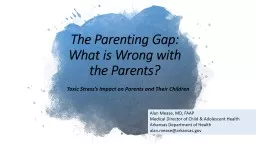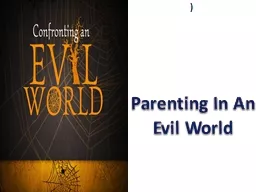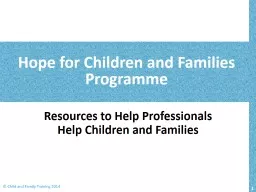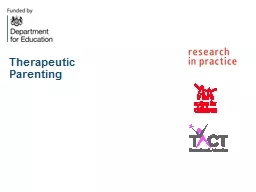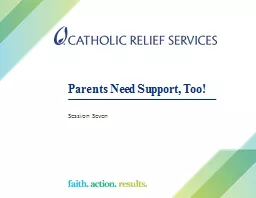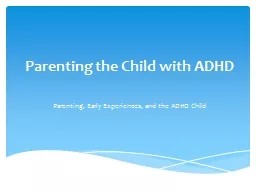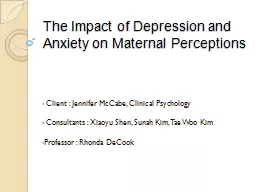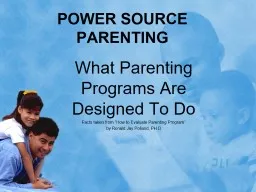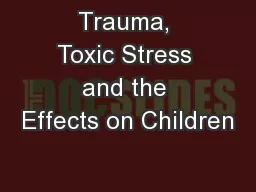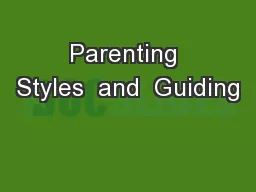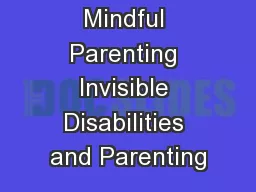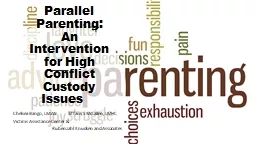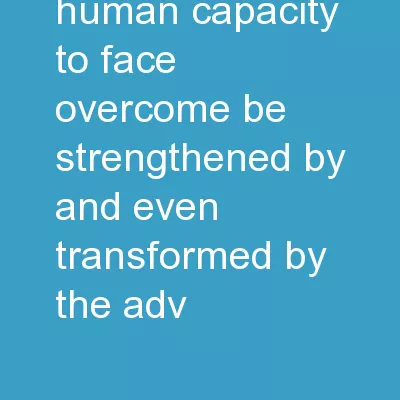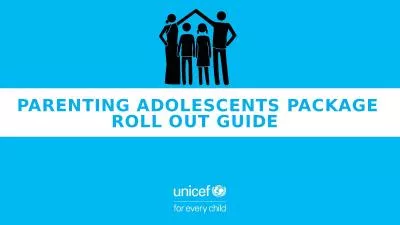PPT-The Parenting Gap: What is Wrong with the Parents? Toxic Stress’s Impact on Parents
Author : marina-yarberry | Published Date : 2019-10-31
The Parenting Gap What is Wrong with the Parents Toxic Stresss Impact on Parents and Their Children Alan Mease MD FAAP Medical Director of Child amp Adolescent Health
Presentation Embed Code
Download Presentation
Download Presentation The PPT/PDF document "The Parenting Gap: What is Wrong with t..." is the property of its rightful owner. Permission is granted to download and print the materials on this website for personal, non-commercial use only, and to display it on your personal computer provided you do not modify the materials and that you retain all copyright notices contained in the materials. By downloading content from our website, you accept the terms of this agreement.
The Parenting Gap: What is Wrong with the Parents? Toxic Stress’s Impact on Parents: Transcript
Download Rules Of Document
"The Parenting Gap: What is Wrong with the Parents? Toxic Stress’s Impact on Parents"The content belongs to its owner. You may download and print it for personal use, without modification, and keep all copyright notices. By downloading, you agree to these terms.
Related Documents

